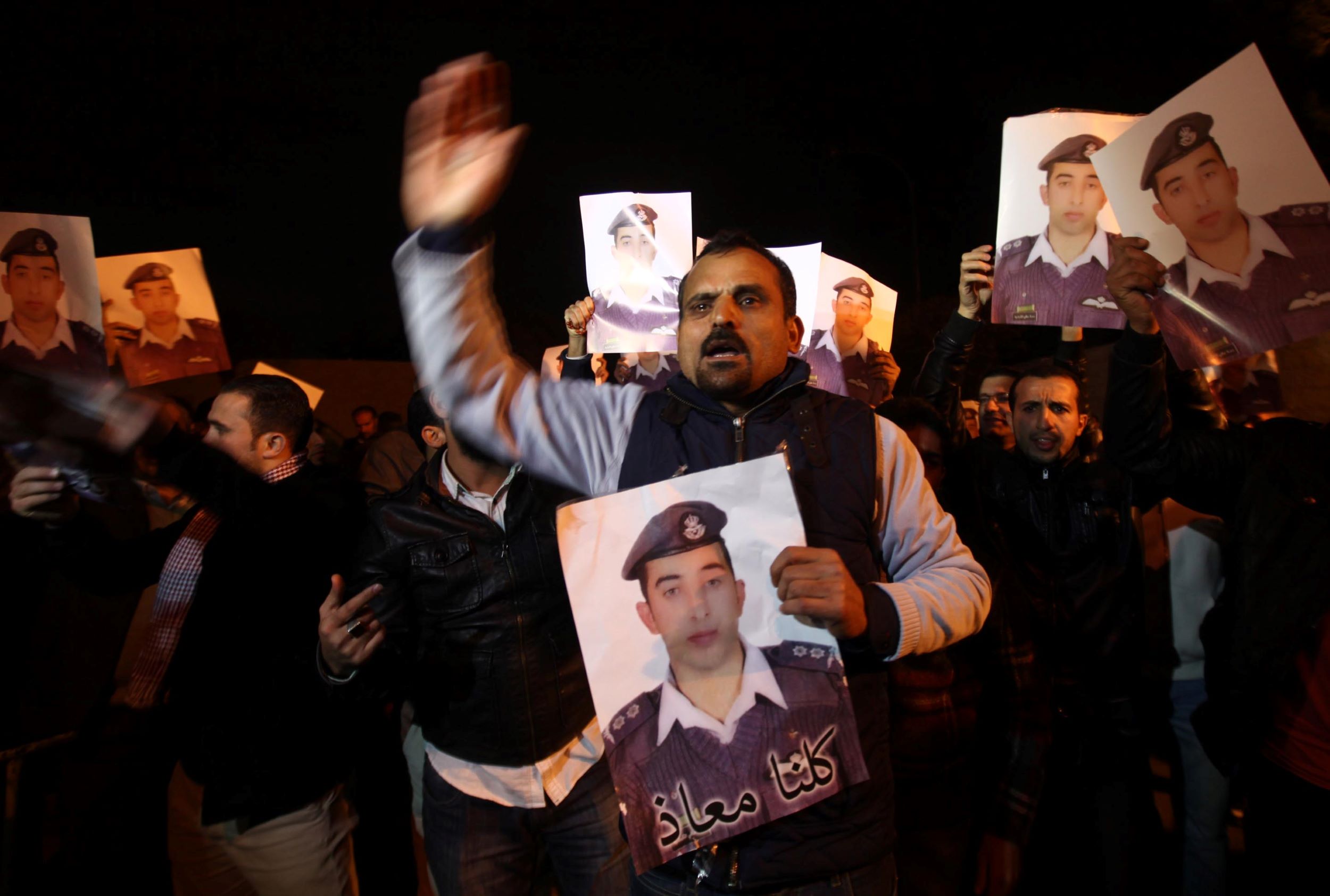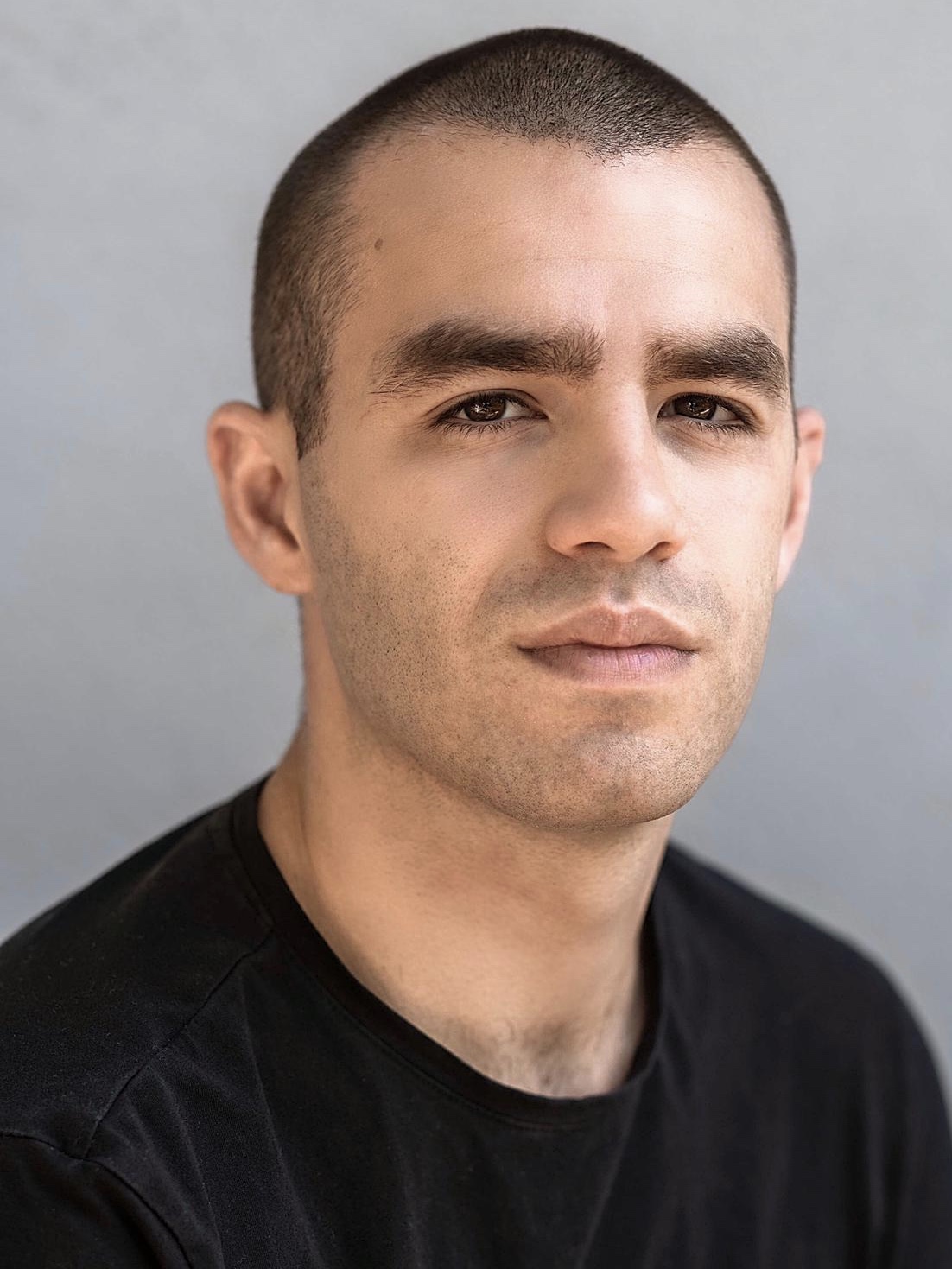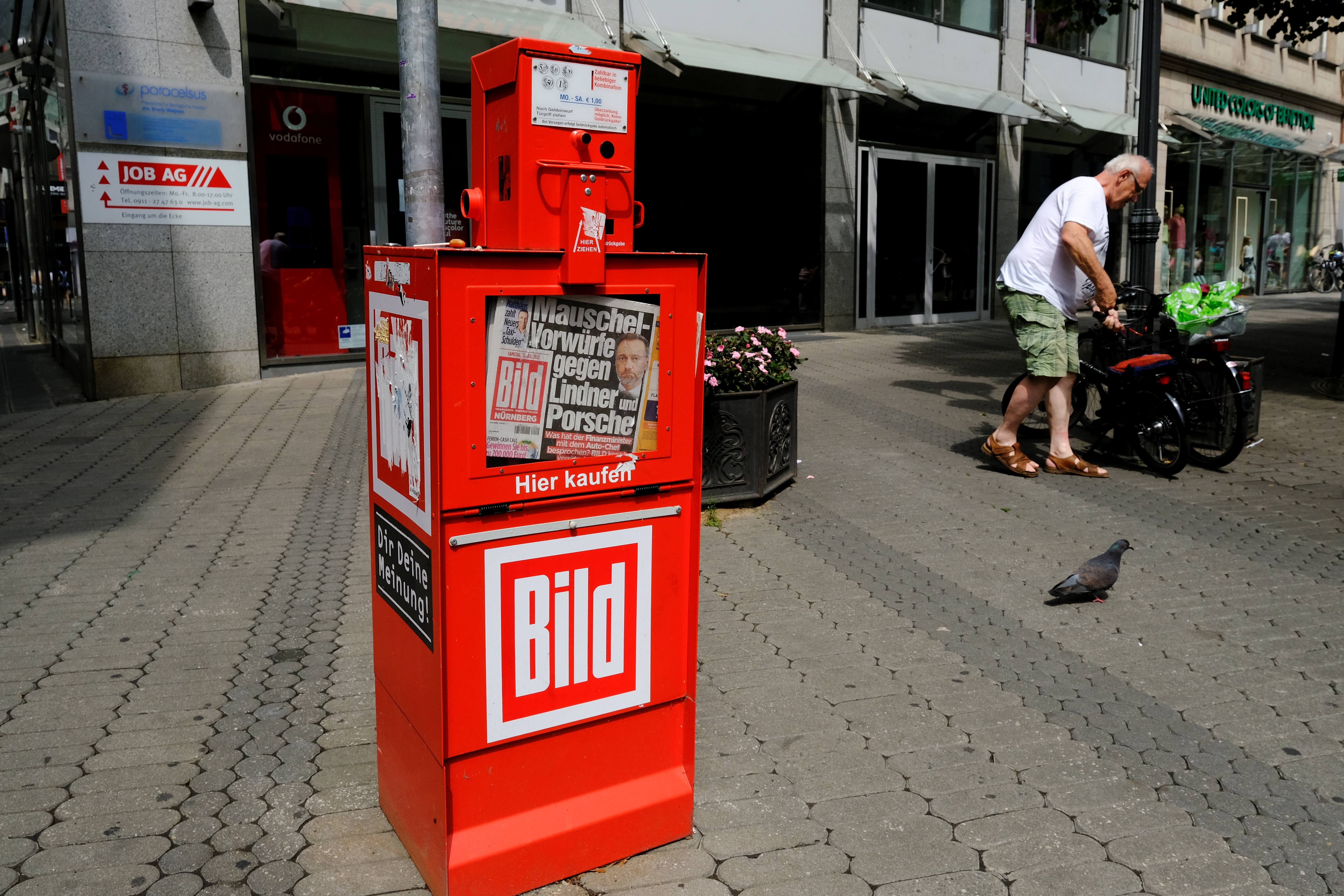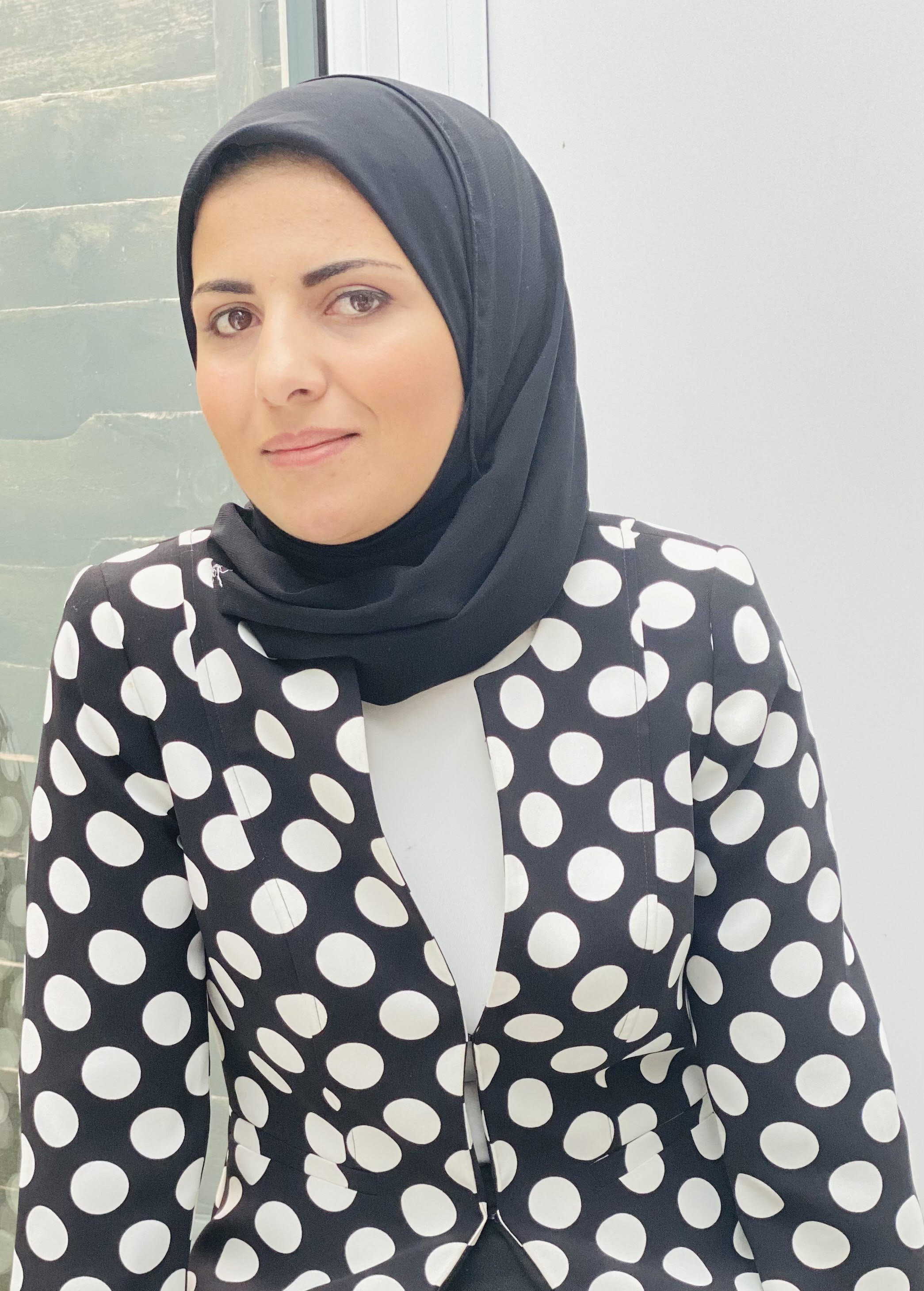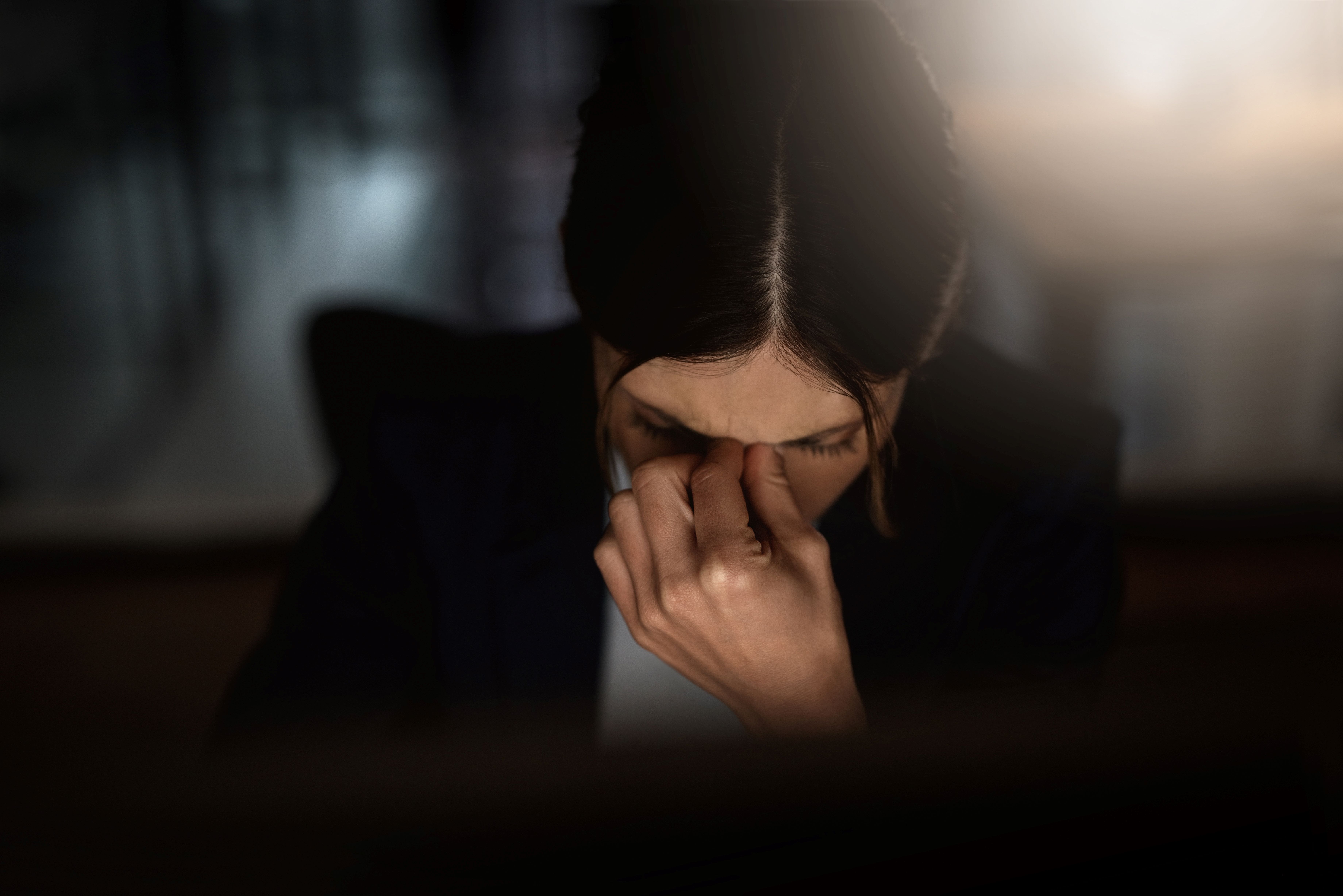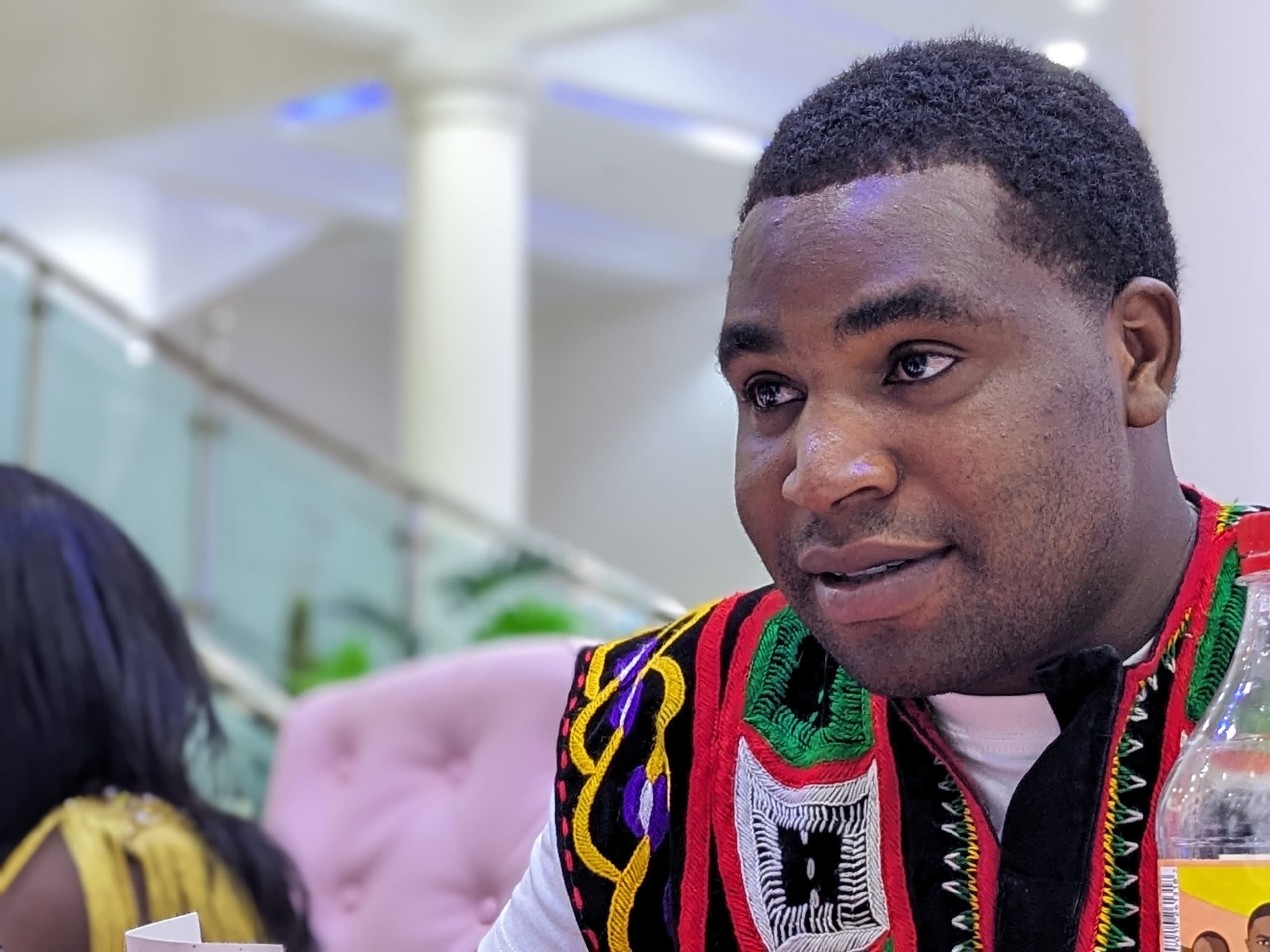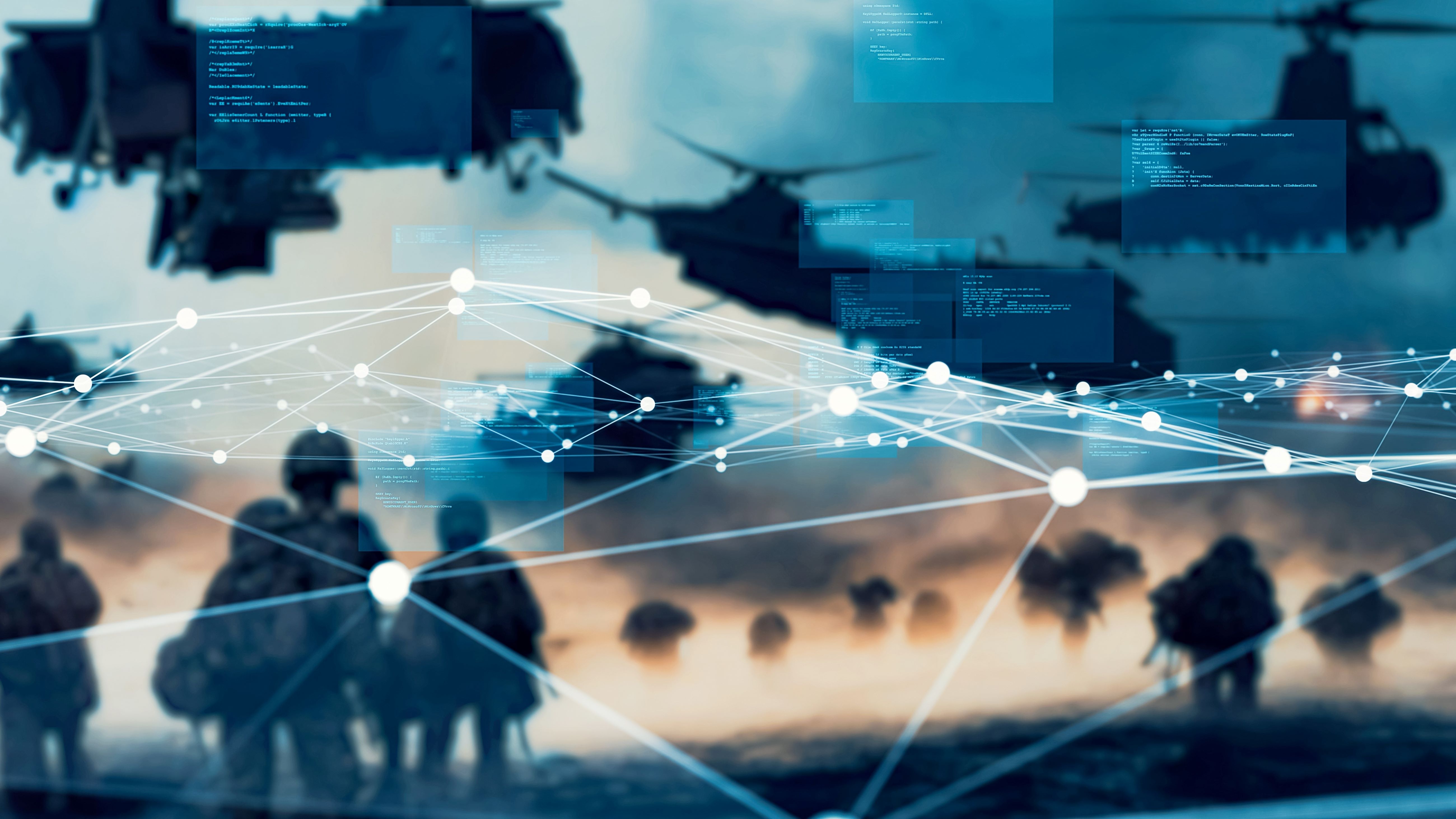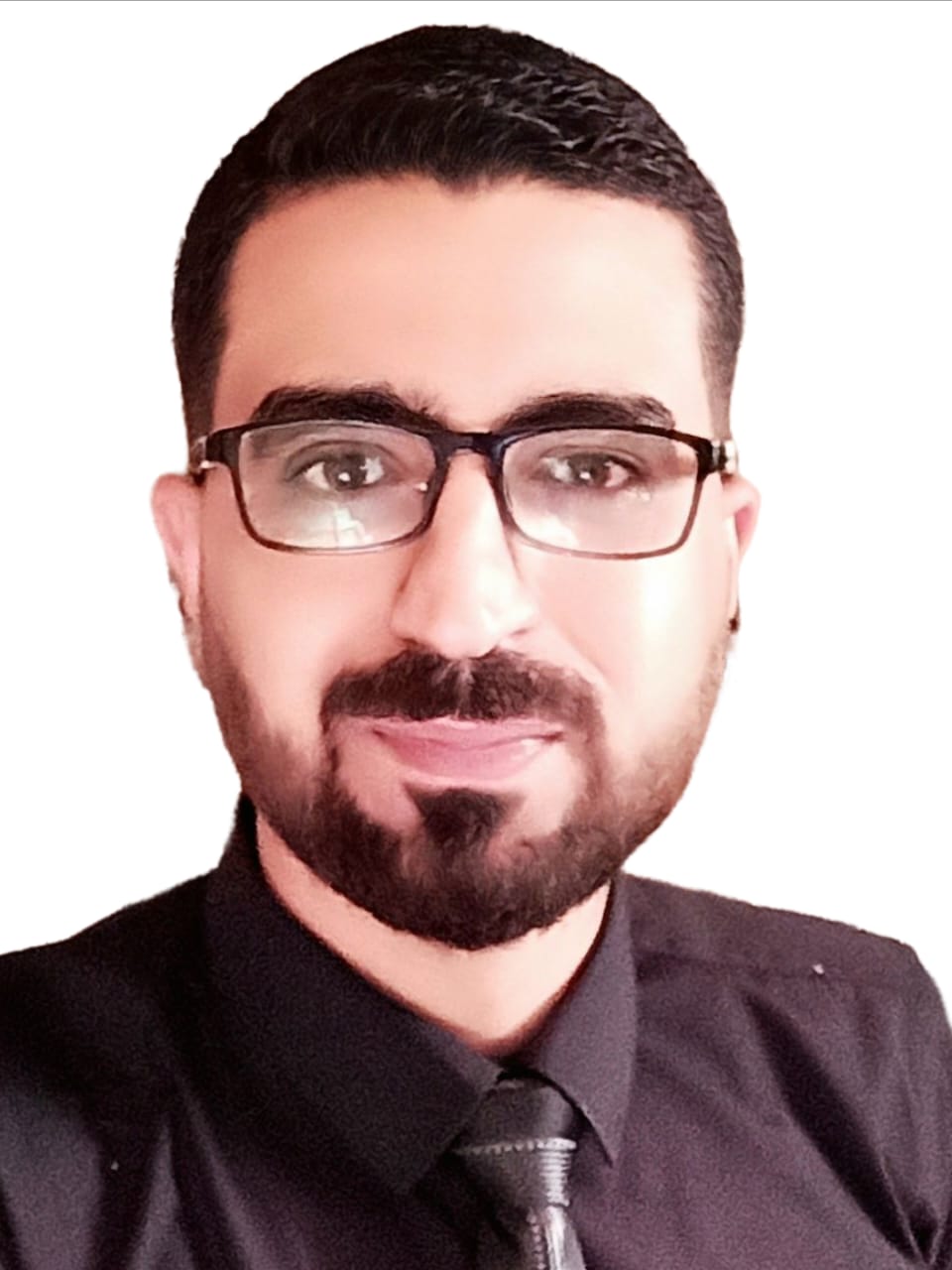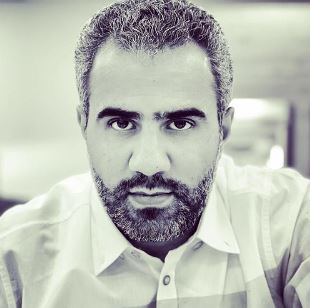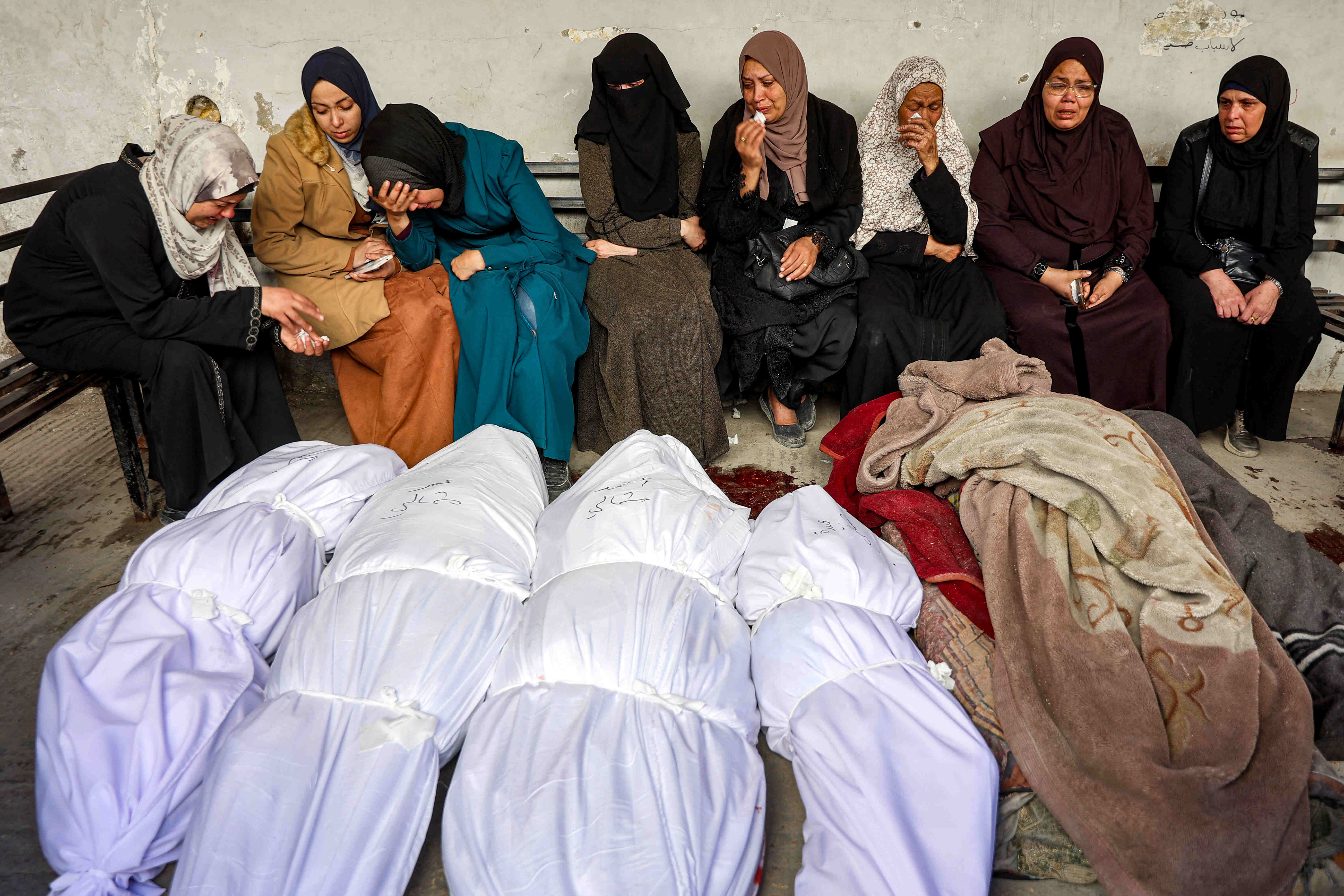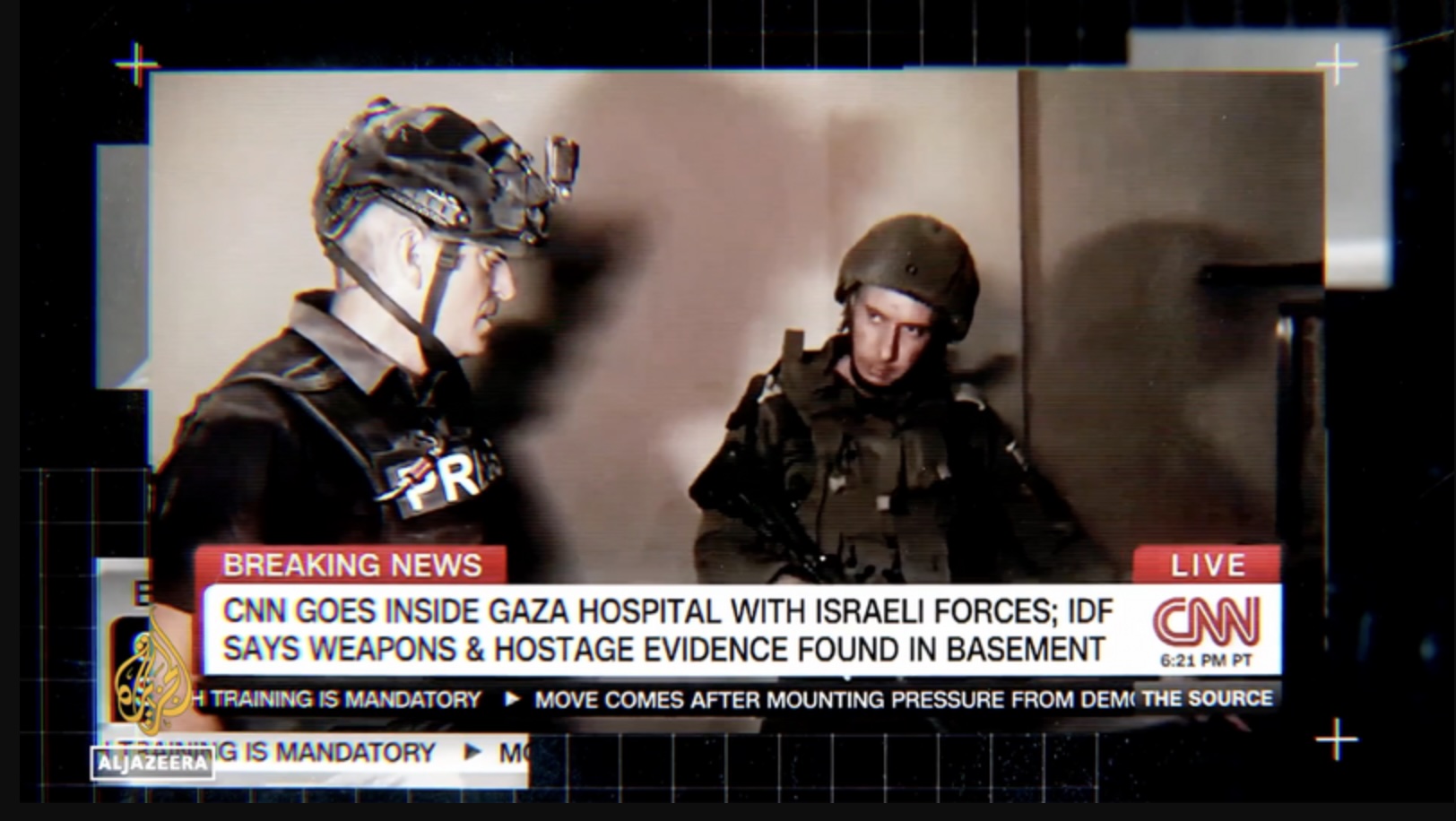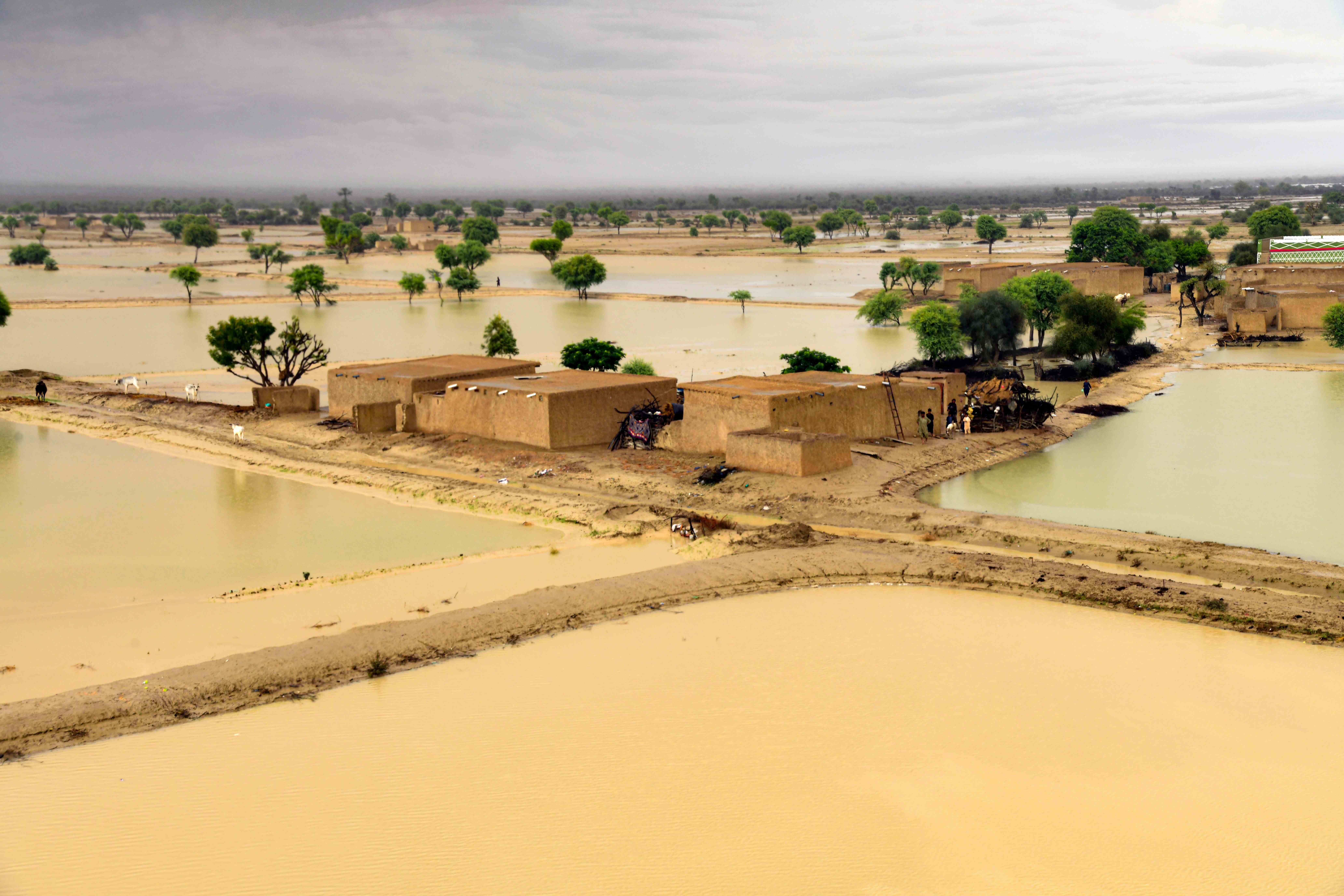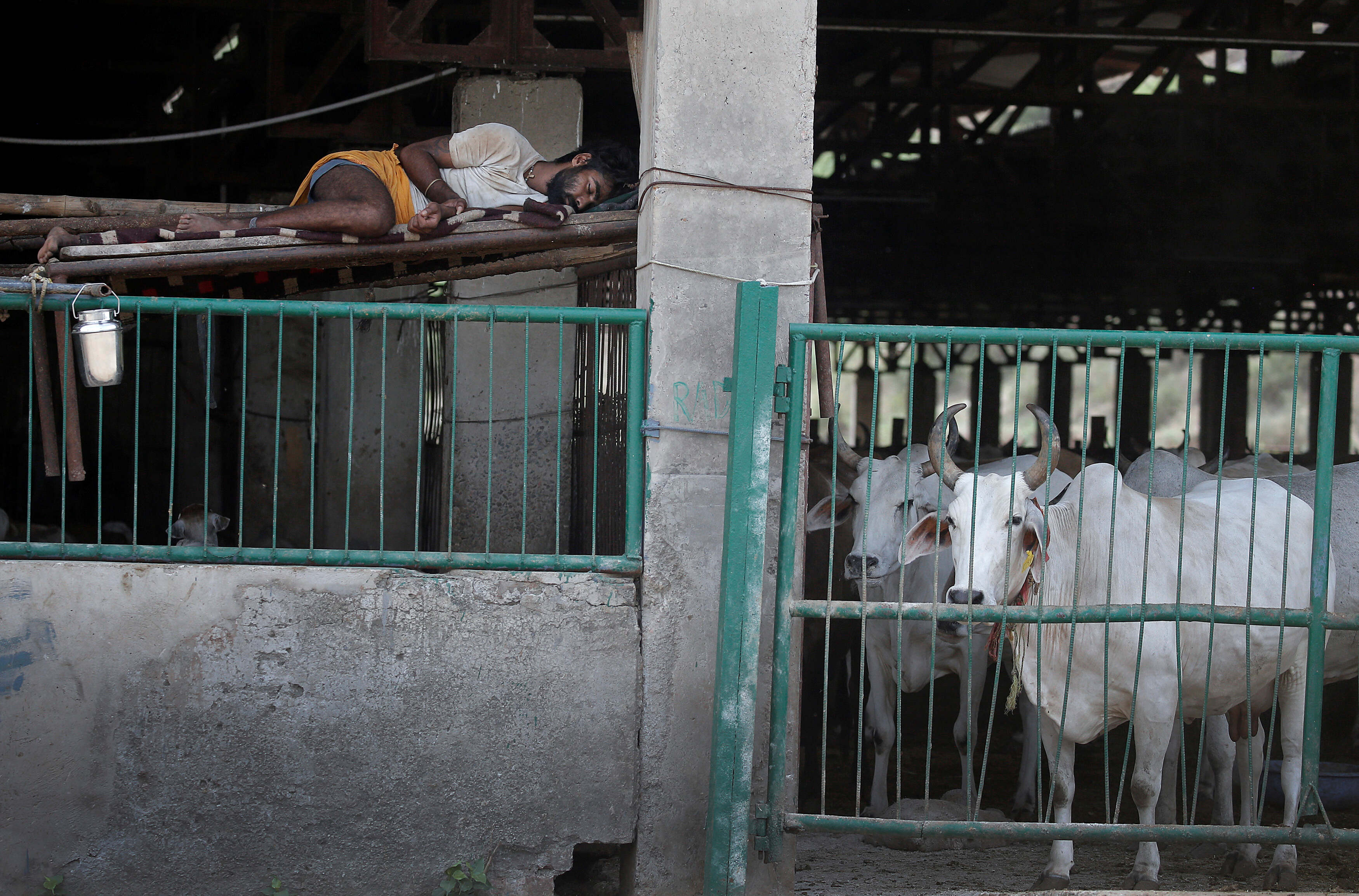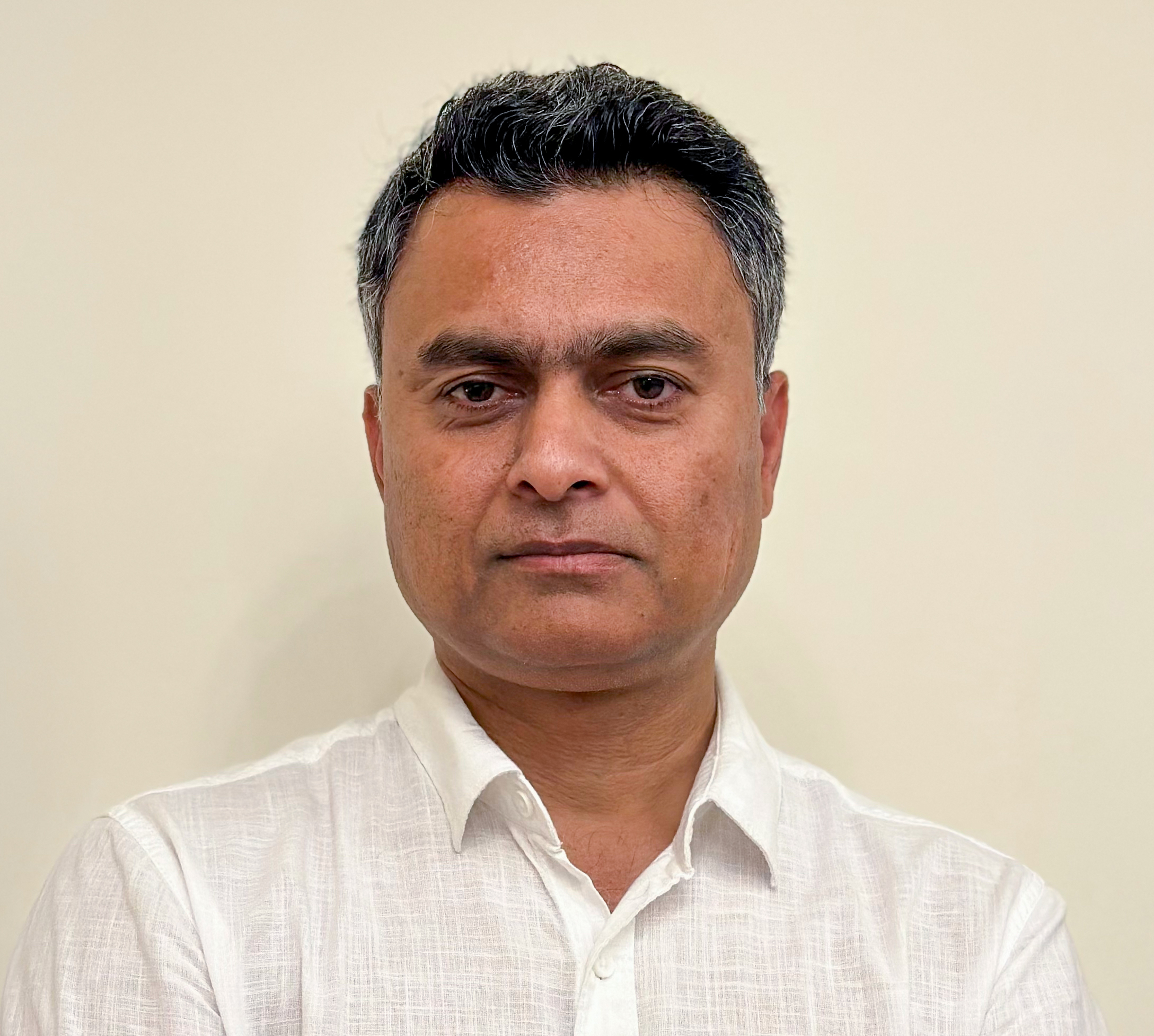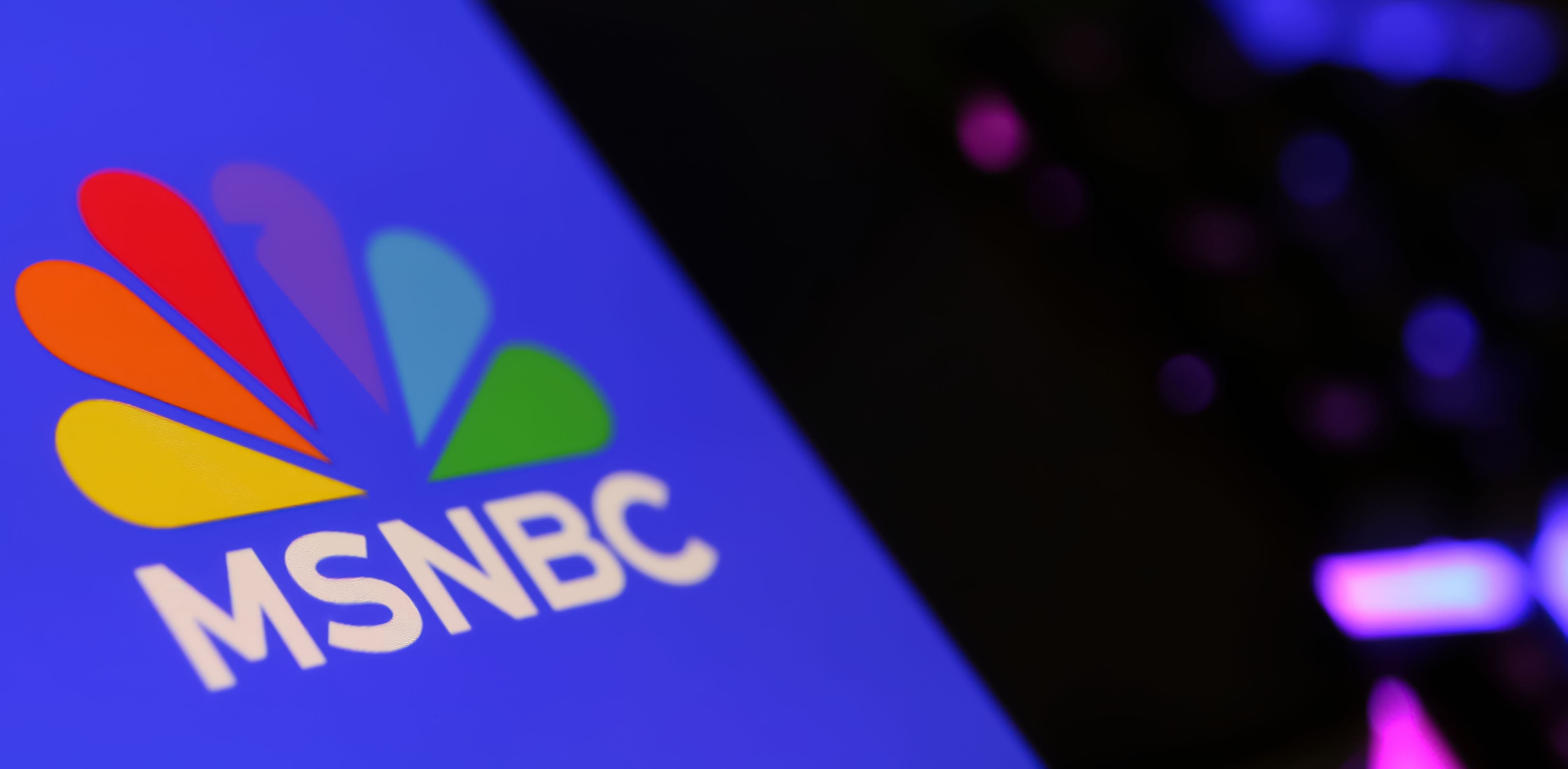I spent a week watching a sickening video of the Jordanian pilot, Muath al-Kasasbeh, being burned alive by ISIL. Here’s how I set about verifying its contents and how I coped
The Jordanian pilot Muath al-Kasasbeh was shot down on December 24, 2014, near Raqqa, Syria and captured by IS after landing in the river Euphrates. He was burned alive on either January 3 or 8, 2015 - it still isn’t clear which - at an old Assad security site near the Euphrates outside Raqqa and it was filmed in a high-production video titled “Healing the Believers’ Chests.” The video was released on February 3, 2015, first as stills and clips via ISIL-linked Twitter accounts, then fully on YouTube.
I investigated this video for a week. Here’s why and how I did it.

I’m a master’s student in investigative journalism at the University of Gothenburg in Sweden. Every year, the students in this programme are given the opportunity to work with the investigative journalism programme “Uppdrag Granskning” (Mission Investigate) on SVT, the Swedish state television service. We worked directly with Fredrik Laurin, a journalist and special projects editor at SVT. He, together with the head of our master’s programme, Ulla Säterie, assigned each of us to a group based on our skill sets. Because of my background in film, I was put in a group that was assigned with the task of watching ISIL (ISIS) videos and helping UG modernise their storytelling. What I didn’t know when I signed up for this was that I’d be watching some of the most horrific footage I’ve ever seen.
Once we began working, we were given individual tasks to share between us. During the first week of the project, one of the members of my group watched documentaries on ISIL, while another was focused on a “side-task” of looking into WhatsApp messages between IS fighters and their family members. I took the task of investigating the video of the Jordanian pilot Muath al-Kasasbeh being burned alive. The video is titled “Healing of the Believers’ Chests” – and “video” is an understatement – it is more of a movie, about an hour and a half in length, with high quality production and state-of-the-art graphics. It took money and skill to make this video, and it was my job to find out everything about it: who made it, where it was made, how it was distributed, and whatever else I could find.
Knowing that he was going to be burned alive made me sicker to my stomach than the burning itself
I began by simply watching the video. The first time I watched it, I decided to do so from start to finish, no matter how difficult it might be for me. The video consists of an “interview” with al-Kasasbeh detailing Jordanian/coalition military strategies against ISIL (including specific plane and tech details), and him giving the names of his air force colleagues. It goes on to feature him being burnt alive.
Throughout the video, highly produced graphics support the details given by al-Kasasbeh (graphics of planes, bombs, maps and more). At the end of the video the names, locations, and workplaces of Jordanian pilots are listed, and a reward is offered for their capture and killing.

Knowing that he was going to be burned alive made me sicker to my stomach than the burning itself. In the video, he seemed unaware of what was going to happen, until after they poured the gasoline on him, where you can see the change in his eyes. I decided to get a therapist during this time, to be able to talk about what I was watching, and how it made me feel. This helped me sleep at night. I also talked a lot with my teachers and classmates. While I couldn’t tell my girlfriend what I was working on, I could at least tell her I was working on a story about something horrible and forewarned her that my mood might suffer. I’m glad I had this experience as a student, where I had an entire network of support.
Looking for clues
After watching the video for the first time, I repeatedly watched it to look for clues - any detail that could tell me anything about the video’s origin and production. The first thing that caught my eye were two logos in the upper right corner of the video. There was, of course, the ISIL flag, but the ISIL flag kept being replaced by two other logos I’d never seen before. I took to the internet and searched for ISIL logos. I employed a method I use that I like to call the “click-through method” - I click on a link after searching, and I keep clicking on links within those websites, never hitting the back button until I find something interesting. While extremely time consuming, this has worked a lot for me in the past, so I thought it would work well in this situation, and after only a couple of hours, it did. As I was clicking through, I happened upon an academic paper about ISIL propaganda. In this paper was an entire section devoted to ISIL logos, and I found the logos from the video.
I decided to get a therapist during this time, to be able to talk about what I was watching, and how it made me feel
The logos in the video told me two things: the video was produced at the ISIL central media office, and it was produced by the Al-Furqan foundation. One could say it was a “co-production” between these two media arms of IS. Having learned where it was produced, I was then able to learn more about ISIL media production. There are a few reasons why ISIL is able to create such high-quality videos, but one I found very interesting was that some of their producers went to film school in Australia. This particular video, however, was most likely produced by the ISIL spokesperson at the time, Abu Mohammad al-Adnani.
In an interview I found, an ex-IS fighter who was present during the filming of the burning identified al-Adnani in the video. This fighter also explained that there was a crew of five people involved in the filming, with four separate cameras to capture different angles. The sophistication of the film surprised me at first, but after hearing this I was no longer surprised - it only confirmed my suspicion that ISIL had a huge amount of resources at the time.
Now that I knew who had made the film, I needed to find out where it was filmed, as this was extremely important to the SVT editor, Fredrik. Having already cited local activists Raqqa is Being Slaughtered Silently (RIBSS) in my research, I decided to look to their articles for answers. I employed my click-through method again and, this time, it took me a couple of days.
Finally, I reached an article published by Middle East Eye that cited RIBSS in identifying the location of the video. I double checked their location with the data I already had, and the video itself, and it was a match. But I also found something else interesting. According to RIBSS, the video was filmed directly outside an ISIL media office, and in my research I found that the ISIL central media office was rumoured to be in Raqqa. My gut told me that this office where the video was filmed was, in fact, the central media office the whereabouts of which have never been confirmed. Unfortunately, I couldn’t prove this before my time on the project ended.
The question of ‘Why?’
After a week of working on this specific task, I had found the “who, what, when, how, and where” of the video. The only question that remained was “why?” Of course, the explanation is the video itself - it was made to rally fighters to find more pilots. It was also a message to those who oppose ISIL, stirring up fear.
I believe ISIL "achieved" what it set out to do with this video, and the question of "why" should be answered with that. But the question still remains - why would anyone ever burn another human being alive?
I think back to the interview with the fighter who was there at the time. He seemed remorseful, but is remorse closure? Is Muath al-Kasasbeh’s family able to live with the explanation that their son and brother was burned alive for the sake of propaganda? I concluded for myself that there is no “reasonable” explanation - I will never get a satisfying answer to this question.
As a journalist, I look at images and videos that turn my stomach every week. I believe I have built up a certain tolerance for violence
After my time investigating the video, I worked on other tasks for the project. I found an academic in Spain who was in hiding by getting his office’s address from a business register and using Google Street View to locate it. Then I focused on helping SVT with their storytelling by explaining to them what they do well and what they can improve on for a younger digital audience.
Since then, I have worked on a number of other projects, some that were just as heavy emotionally. As a journalist, I look at images and videos that turn my stomach every week. I believe I have built up a certain tolerance for violence. However, no matter what I see these days, I will never forget the look on Muath al-Kasasbeh’s eyes in “Healing the Believers’ Chests.” I feel for this man and his family - I can only imagine what they have gone through, and I hope he rests in peace.
